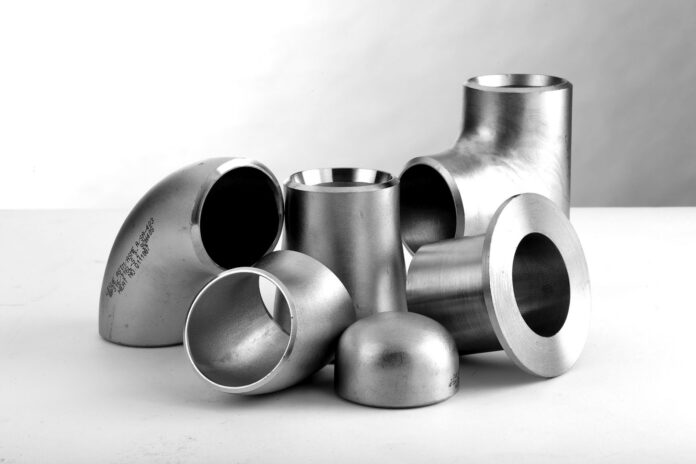Stainless steel 253MA is a high-temperature austenitic stainless steel known for its outstanding oxidation resistance and excellent mechanical propertie at elevated temperatures. Buttweld fittings made from this alloy are highly sought after in various industries that require durable and reliable components for high-temperature applications. This blog will explore the key advantages of using stainless steel 253MA buttweld fittings in such demanding environments.
Superior Oxidation Resistance
One of the primary reasons for choosing stainless steel 253MA buttweld fittings is their exceptional oxidation resistance. This alloy contains high levels of chromium and silicon, which form a stable oxide layer on the surface. This protective layer prevents further oxidation, even under cyclic conditions where temperatures vary significantly. This makes 253MA buttweld fittings ideal for applications where exposure to high temperatures and oxygen is a constant challenge.
High-Temperature Strength
Stainless steel 253MA has good mechanical properties at high temperatures. This alloy has a property that can resist high heat of up to 1150 degrees Celsius or 2102 degrees Fahrenheit without deforming. Due to the high yield strength and creep resistance of 253MA, the material is ideal for use in the manufacture of fittings that are exposed to high temperatures for long periods without developing dimensional changes or loss of mechanical properties.
Excellent Thermal Conductivity
Compared to other high-temperature stainless steels, 253MA offers relatively high thermal conductivity. This property allows for efficient heat transfer, which is essential in applications such as heat exchangers and furnace components. The improved thermal conductivity ensures that the fittings can handle the thermal stresses associated with rapid temperature changes and maintain their performance over time.
Fabrication and Weldability
Another significant advantage of stainless steel 253MA buttweld fittings is their excellent fabricability and weldability. This alloy can be easily welded using standard techniques, and its austenitic structure allows for straightforward forming and machining. This versatility makes 253MA buttweld fittings suitable for custom and complex applications where precise dimensions and shapes are required.
Resistance to Sulfidation and Carburization
Stainless steel 253MA is highly resistant to sulfidation and carburization, which are common issues in high-temperature environments, especially in the petrochemical and refining industries. Sulfidation can lead to the formation of brittle scales, while carburization can cause material degradation and reduced mechanical properties. The composition of 253MA, which includes elements like cerium and nitrogen, enhances its resistance to these detrimental effects, ensuring the longevity and reliability of the buttweld fittings.
Versatile Applications
Thanks to their unique properties, stainless steel 253MA buttweld fittings are used in a wide range of high-temperature applications across various industries:
Furnace Components
253MA buttweld fittings are widely utilized in furnace manufacturing applications such as radiant tubes, rolls and other product that are subjected to high temperatures. They do not corrode easily and can withstand high temperatures; they should therefore be used to maintain high efficiency and durability of furnaces.
Heat Exchangers
In heat exchanger systems, 253MA buttweld fittings facilitate efficient heat transfer and resist the corrosive effects of high-temperature gasses and fluids. This makes them a reliable choice for maintaining the performance and durability of heat exchanger units.
Petrochemical and Refining
The petrochemical and refining industries benefit from the use of 253MA buttweld fittings in high-temperature reactors, catalytic crackers, and other equipment. The fittings have excellent sulfidation and carburization properties that make them suitable for use in these conditions.
Power Generation
In power generation plants, 253MA buttweld fittings are used in gas turbines, waste incineration systems, and other high temperature services. The high strength and resistance to oxidation makes them suitable for the safe and efficient working of power generation equipment
Conclusion
Stainless steel 253MA buttweld fittings offer numerous advantages in high-temperature applications, including superior oxidation resistance, high-temperature strength, excellent thermal conductivity, and resistance to sulfidation and carburization. These properties make them an ideal choice for various industries, from furnace construction to petrochemical processing and power generation. When selecting materials for high-temperature environments, stainless steel 253MA buttweld fittings provide a reliable and durable solution that ensures optimal performance and longevity.
